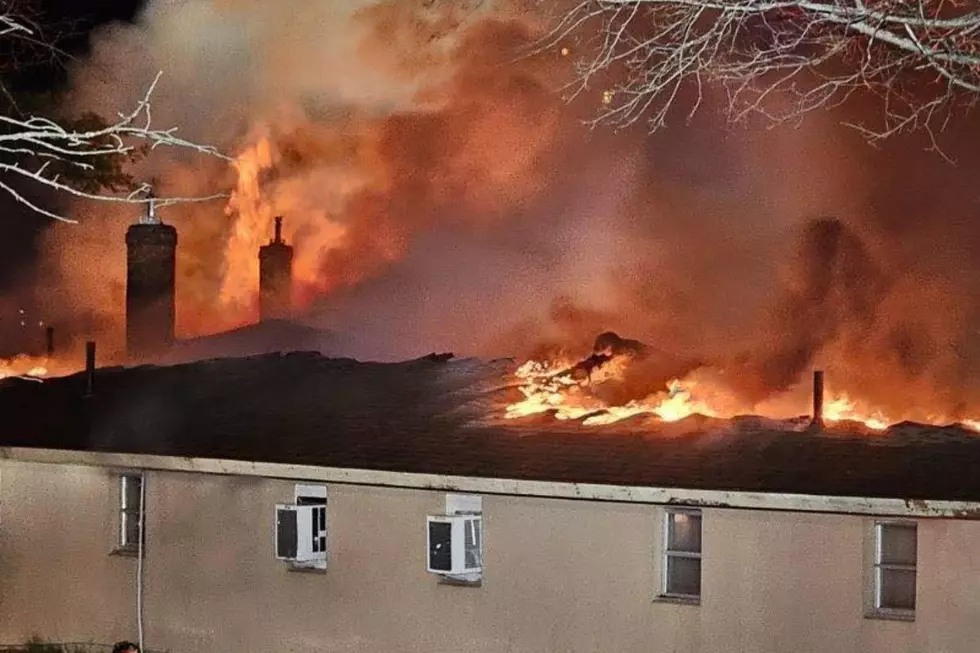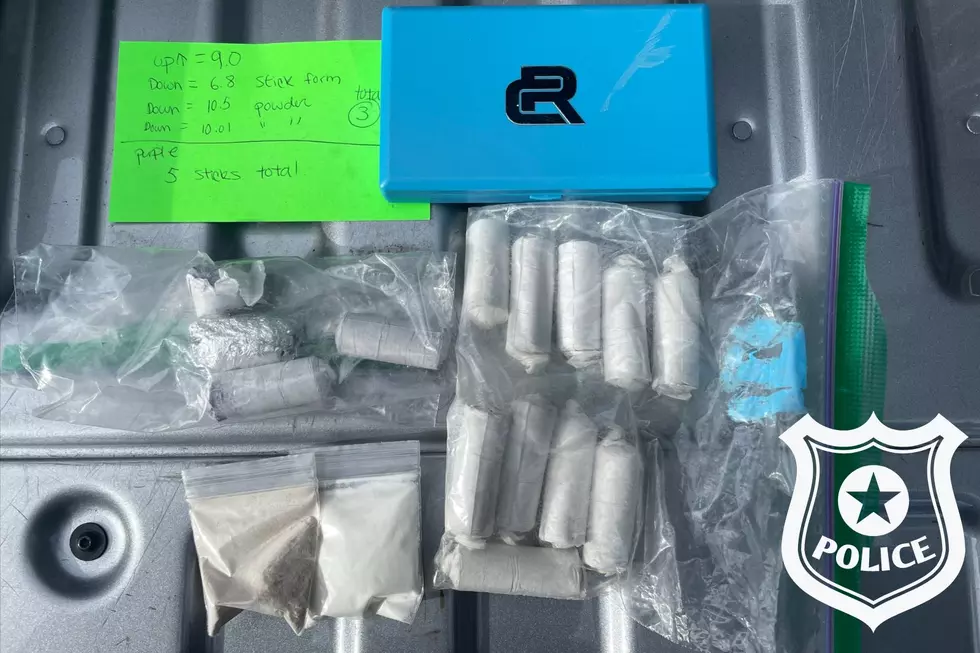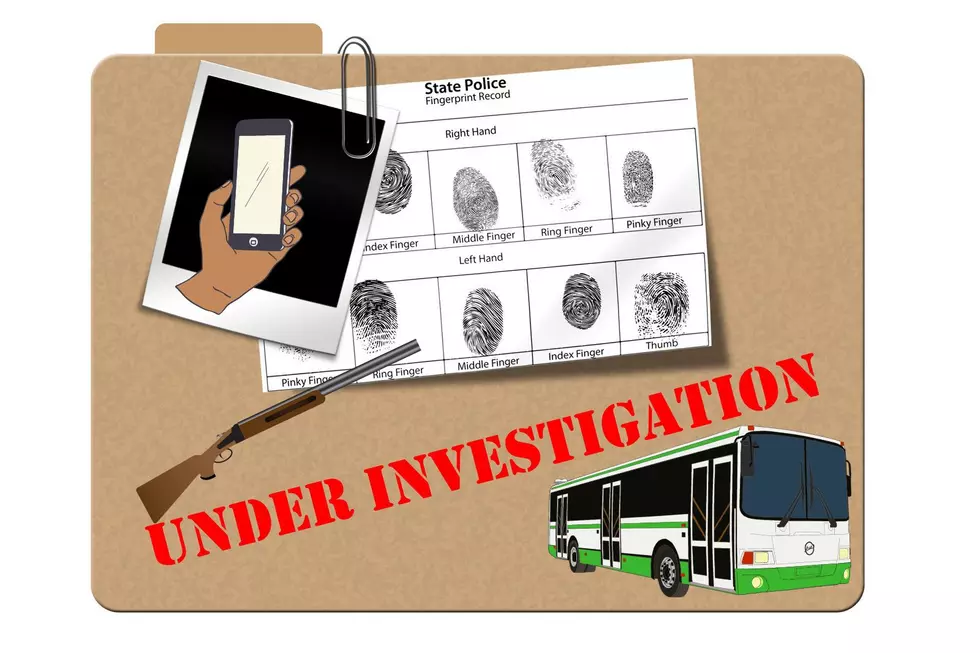
Federal Government Shuts Down, No One Knows for How Long
As of 12:01 a.m. EST on Tuesday, the federal government closed down. Congressional leaders in the House of Representatives and the Senate were unable to reach an agreement on a budget or a temporary fix, known as a continuing resolution, before the start of the new fiscal year on October 1.
It is the first such shutdown in 17 years. Eight hundred thousand federal employees are now on furlough, with more than a million others now being asked to work without pay.
This represents a new low point in what has been an ongoing battle between Democrats and Republicans over fiscal issues, most recently with the Republican-led House pushing for the full defunding of the Affordable Care Act, also known as Obamacare, as part of any budget agreement. The Democratic-led Senate rejected all House bills that attached Obamacare-related amendments, instead sending back only "clean" continuing resolutions, which would keep the government funded at current levels.
As a result of the failure to keep the government open, the White House's Office of Management of Budget has directed all federal agencies to “execute plans for an orderly shutdown due to the absence of appropriations.”
Talks between the parties will resume Tuesday morning, but there is no obvious end date for the current impasse.
Here is a brief explainer of what will happen now:
Does the government actually shut down?
Not really. The official term is a “spending gap,” because not all government functions cease. National security operations, including the military, will continue as usual, as will air-traffic control. Social Security checks will keep going out (the Postal Service will continue too), along with veterans’ benefits and Medicare bills. The IRS will keep collecting taxes. But all “non-essential” federal employees (about 800,000) will be furloughed until a new continuing resolution or budget is passed.
So what actually will stop?
You won’t be able to go to a national park. Or any historical sites run by the federal government. Or visit the Smithsonian. But remember that this shutdown will not directly affect state governments. You can still visit state parks or go to the DMV to renew your license, but you won’t be able to do so with your passport or visa, which are under federal control.
There will be significant disruptions for almost all departments and agencies. The White House has published a list of agency contingency plans here, and USA Today has put together a detailed summary here of what and who will be affected and how.
How many times has this happened before?
This will be the 18th shutdown since 1976, when the budget process was changed. (Before then, the government stayed open but at reduced levels; it did not furlough workers.) The last shutdown ended in 1996, so we have actually been in a prolonged period of relative peace these last 17 years. From 1976-1996, the government shut down on average nearly once a year.
When will it end?
Good question. Republicans are demanding that Obamacare be delayed or entirely repealed, and Democrats are insisting on a clean bill. The president has largely remained out of the discussion, preferring to let congressional leaders handle the talks. It is their job to send him a bill, after all.
The longest shutdown on record was 21 days, but most of them don’t go past day three. The only thing that will get the government back up and running is when politicians feel enough pressure that they simply HAVE to return, at which point we’ll almost certainly see a clean continuing resolution that will last through sometime in November or December.
And then we might have to go through this whole thing all over again.
More From WQCB Brewer Maine









